Initiative could open up a new avenue for seafood producers to deal with aquaculture waste in a more circular way
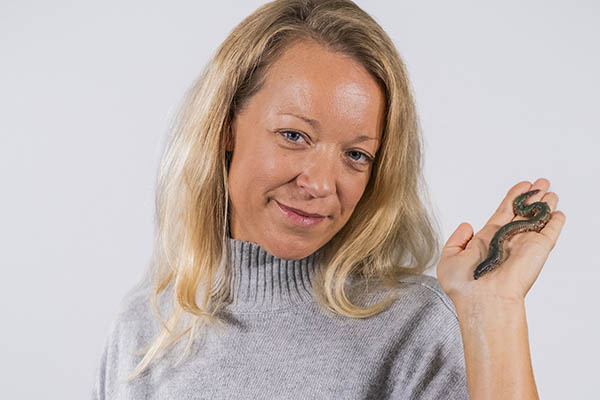
A novel chemical-free approach to treating aquaculture waste could see co-products returned to the sector to fuel the growth of ocean life such as marine worms and seaweed.
Led by researchers at the Scottish Association for Marine Science (SAMS), with funding support from the Sustainable Aquaculture Innovation Centre (SAIC), the initiative could open up a new avenue for seafood producers to deal with waste in a more circular way. Scottish Sea Farms, water technology supplier Power and Water, and waste services company Tradebe are also supporting the research.
While most waste from aquaculture is already recycled, the results of this study could see byproducts being repurposed within the farmed salmon sector, including as a protein-rich feed ingredient.
“Aquaculture waste is not typically considered as valuable as co-products from other sectors, but there is a range of opportunities to be explored that could change that attitude,” said Dr. Georgina Robinson, lead researcher and UKRI Future Leaders Fellow at SAMS. “By taking a circular approach, we can use the co-products to aid the growth of other organisms that will, in turn, benefit the sector as a sustainable feed ingredient. This is the first time the water treatment system has been used for freshwater waste and the results of the project could show huge potential for it to be adopted more widely.”
Water treatment equipment designed and supplied by Power and Water will be used at Scottish Sea Farms’ Barcaldine Hatchery near Oban for the duration of the project. Using an electrochemical process and ultrasound technology, it will first extract excess water from waste matter before the remaining nutrient-rich material is fed to marine worms – or polychaetes – to boost their growth.
“Re-purposing fish waste into valuable byproducts is a core part of our day-to-day operations at Barcaldine Hatchery,” said Ewen Leslie, head of freshwater engineering and project lead at Scottish Sea Farms. “This new collaboration has the potential to build on this by diversifying and growing the range of byproducts that can be delivered.”
A second stage of the research involves assessing the nutritional profile of the worms, including protein and fatty acids, to gauge their suitability as an aquaculture feed ingredient. Polychaetes are already used in seafood production as a key feed source for shrimp at the breeding stage, and other studies have explored their role in terrestrial animals’ diets. The remaining wastewater will then be filtered further using natural seaweed to absorb any nitrogen and phosphorous.
The final stage of the research includes an assessment of the environmental impact and mitigation of greenhouse gas emissions, with the new approach compared to existing waste disposal methods. Liquid aquaculture waste is transported and spread to land in rural locations after treatment.
SAMS plans to bring the circular concept to the market under a spinout, called N-ovatio-N, early next year.
“This project is about tackling the sector’s waste at the source and creating a viable, circular model,” said Heather Jones, CEO of SAIC. “In addition to the environmental benefits, it will demonstrate some of the higher-value commercial possibilities for co-products. By supporting and encouraging collaborative research initiatives like this, we can minimize the environmental footprint of aquaculture while also boosting its economic impact.”
Now that you've reached the end of the article ...
… please consider supporting GSA’s mission to advance responsible seafood practices through education, advocacy and third-party assurances. The Advocate aims to document the evolution of responsible seafood practices and share the expansive knowledge of our vast network of contributors.
By becoming a Global Seafood Alliance member, you’re ensuring that all of the pre-competitive work we do through member benefits, resources and events can continue. Individual membership costs just $50 a year.
Not a GSA member? Join us.
Author
-
Responsible Seafood Advocate
[103,114,111,46,100,111,111,102,97,101,115,108,97,98,111,108,103,64,114,111,116,105,100,101]
Tagged With
Related Posts
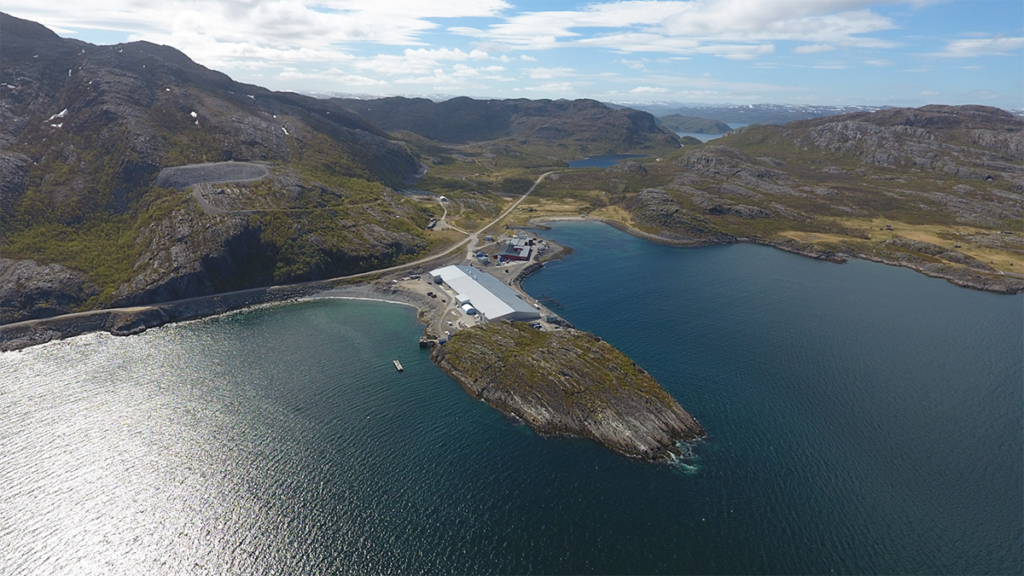
Responsibility
Sludge report: Finding value in Norway’s aquaculture waste
Bioretur converts aquaculture waste, or sludge, into fertilizer as demand for “circular economy” technologies grows.
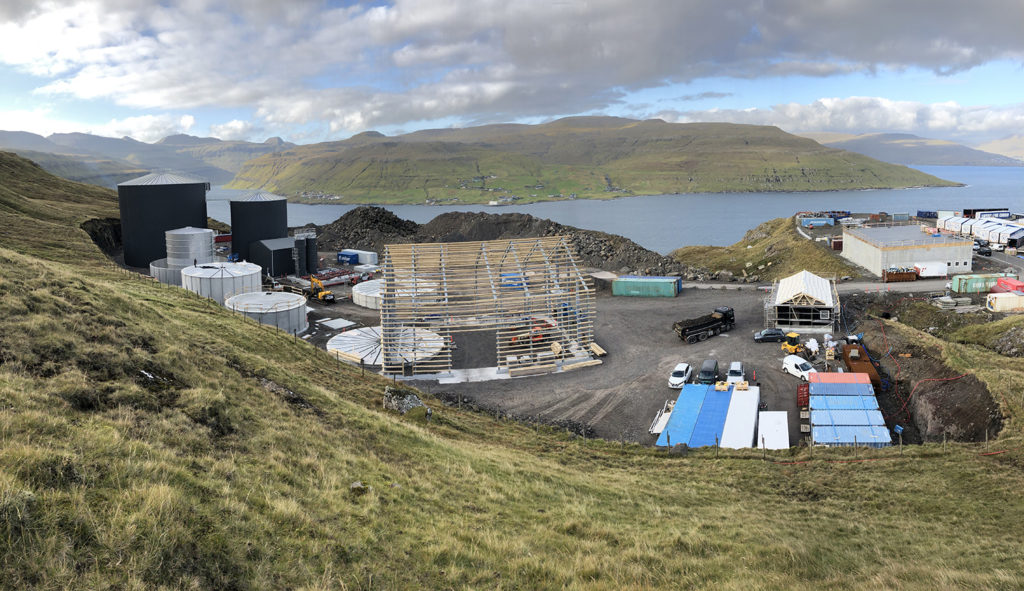
Aquafeeds
Waste not: Novel protein-recapture initiatives for aquaculture
A Norwegian fermentation technology firm utilizes volcanic matter to transform salmon waste, including feces and uneaten feed, into a high-protein powder.
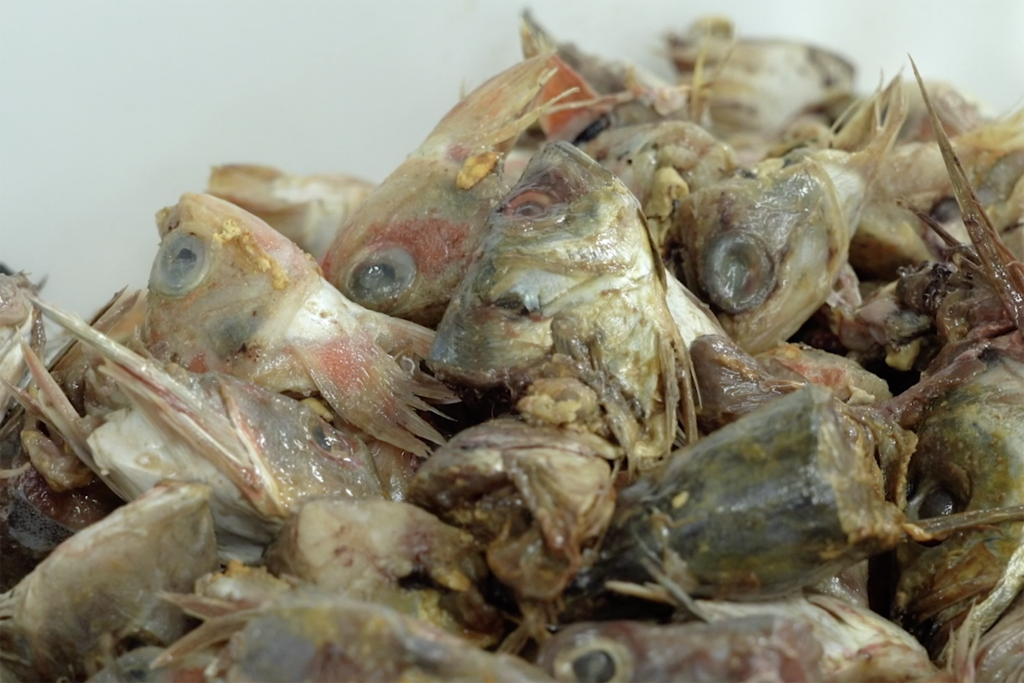
Responsibility
An introduction to circular economy principles in aquaculture
In the latest article from the GAIN project, implementing circular economy principles can help increase the sustainability of aquaculture production.
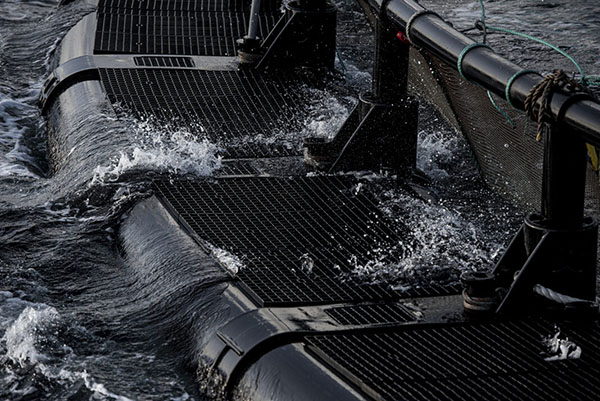
Responsibility
Study: Aquaculture sector shows ‘enormous potential’ to generate circular economy initiatives through plastics recycling
Plastic recycling from the aquaculture sector can be a commercially viable circular economy initiative, concludes SINTEF researchers.



